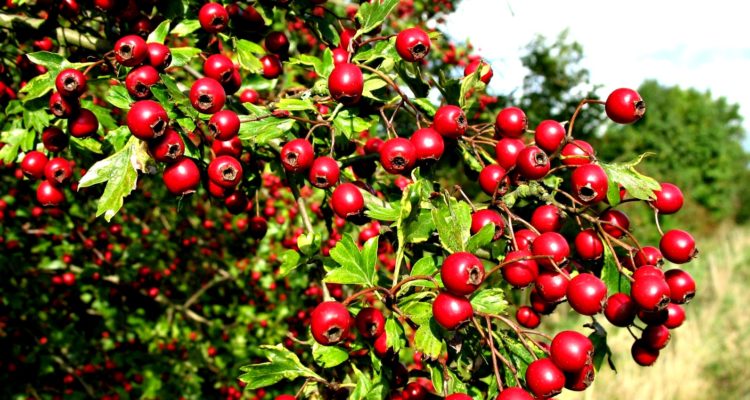A pilot cohort study suggest the efficacy of Rasa Aushadhies (Ayurvedic medicines containing purified metals in mineral forms, along with herbs) in patients of Dyslipidemia and Rheumatoid Arthritis.
By Dr Surinder Kumar Sharma, Dr Amita Srivastava, Dr Gajendra Kumar, T Divakara Rao, Dr Yogendra Kumar Gupta
Visit ORGANIC SHOP by Pure & Eco India
A recent pre clinical and pilot prospective cohort safety and efficacy study of Rasa Aushadhies, conducted by Ayurvedic doctors in CGHS dispensary, and scientists from the Pharmacology Department at All India Institute of Medical Sciences (AIIMS), New Delhi, suggests that Ayurvedic medicines containing purified metals in mineral forms (along with herbs), are safe, and have potential in the treatment of rheumatoid arthritis and dyslipidemia.
The Rasa Aushadhi group of medicines may contain various compounds of metals such as iron, zinc, copper, gold, silver, as well as, mercury in the compound form of sulphide. The mixture of mercury and sulphur in a ratio of 1:6 after ayurvedic purification method (Sodhna and Maran) is converted into a compound called Rasa Sindura (HgS), ie, mercury sulphide.
According to Ayurveda, these groups of Rasa Aushadhies, are used in small quantities, ie, 100 to 250 mg/day; have a long shelf life and have therapeutic potential for treating some chronic diseases. However, great caution is indicated in the practice of Rasa Aushadhie. They are prepared by a specific method of purification (shodhana) and then by the process of bhasmikarna (marana). Improper preparation and wrong dosages of these substances are dangerous and can be injurious to health. Like any other medical system, Ayurvedic therapies have contradictions and the potential for adverse effects or side effects. This is of particular concern when therapies are used incorrectly, are abused or administered improperly, or are prescribed by unqualified practitioners.
According to some Ayurvedic scientists the available analytical tools, such as the Atomic Absorption Spectrophotometer (AAS), inductively coupled with Plasma-Atomic Emission Spectrophotometer and Mass Spectroscopy (ICP-AES and ICP-MS), uses the acid digestion method to convert the compound mineral into metal, may not be the most appropriate approach to analysing finished Rasa Aushadhies.
The Department of Ayurveda, Yoga and Naturopathy, Unani, Siddha and Homoeopathy (AYUSH), Ministry of Health and Family Welfare, Government of India, had initiated The Golden Triangle Project, which includes AYUSH, the Council of Scientific & Industrial Research (CSIR) and the Indian Council of Medical Research (ICMR), to conduct collaborative scientific studies on treatment methods in these systems.
As part of the study, 96 people were enrolled at the CGHS Ayurvedic Hospital, New Delhi. Arjuna powder for 3 weeks, and then Arogyavardhini Vati for 4 weeks were administered to the patients. The results showed significant reduction in total cholesterol, LDL and triglycerides, and elevation in the HDL level. Similarly, a group of 86 patients was given Ashwagandha powder for 3 weeks, and Sidh Makardhwaj for 4 weeks. The results reflected reduction in tenderness and swelling of joints, as well as, lower pain levels
Safety of the Arogyavardhni Vati and Sidh Makardhwaj in cell culture study using HepG2 (Human Liver Carcinoma) and HEK (Human Embryonic Kidney) cell lines and experimental animal study were ascertained, and it was found to be safe. A pilot prospective cohort study was also carried out to evaluate the efficacy of Sidh Makardhwaj in rheumatoid arthritis patients and Arogyavardhini Vati in dyslipidemia patients {J Ethnopharmacol, 2012 Mar 6; 140 (1): 151-60; J Ayurveda Integr Med, 2013 Jul; 4 (3): 165-70; Indian J Med Res., 2014 Apr; 139 (4):610-8}.
Clinical Efficacy & Safety of Arogyavardhini Vati
In a pilot study, 96 people were enrolled at Central Government Health Scheme (CGHS) Ayurvedic Hospital, New Delhi. Arjuna powder (5 gm) for three weeks and then Arogyavardhini Vati (500 mg) for four weeks, were prescribed to the patients. The results showed reduction in total cholesterol, LDL (Low density lipoprotein) and triglycerides (TG) and elevation in the HDL (high density lipoprotein) level. The percentage decrease in the levels of serum total cholesterol, LDL, TG were 9.8 percent, 8.8 percent, 9.9 percent respectively, and increased HDL was 8.1 percent. There was a fall in blood glucose, showing better glucose metabolism. This limited number preliminary study indicates that Ayurvedic treatment (Arjuna powder and Arogyavardhini Vati) is safe and has potential for management of dyslipidemia (Ayu. 2012 Apr; 33 (2): 197-201).
Clinical Efficacy & Safety of Sidh Makardhwaj
In a pilot study 86 patients were enrolled at CGHS Ayurvedic hospital, New Delhi. Patients took 5 gm of Ashwagandha powder twice a day for three weeks with lukewarm water or milk. Sidh Makardhwaj (100 mg) with honey was administered daily for the next four weeks. The follow up of patients was carried out every two weeks. The results showed significant change in post treatment scores of tender joint counts, swollen joint counts, physician global assessment score, patient global assessment score, pain assessment score, patient self assessed disability index score and ESR (Erythrocyte Sedimentation Rate) levels were observed as compared to baseline scores. The findings of this preliminary study suggest that Ayurvedic treatment (Ashwagandha powder and Sidh Makardhwaj) has a potential for the treatment of rheumatoid arthritis (Indian J Med Res, 2015 Jan; 141 (1): 100-6).
Conclusion
As with any other effective medicine, these medicines should be given under the strict supervision of qualified Ayurvedic practitioners in a specific dose and for specific periods. These medicines are not for self medication. These medicines have potential in some chronic diseases like dyslipidemia and arthritis. However, a larger multi centric clinical study is required. Since these medicines have been practised for centuries in India, larger scientific studies are required to establish the evidence of safety and efficacy of these medicines.
The authors are Ayurvedic Physicians from AYUSH and scientists at the Department of Pharmacology, All India Institute of Medical Sciences (AIIMS), New Delhi
This article appeared in the October 2015 issue of Pure & Eco India



Leave a Reply